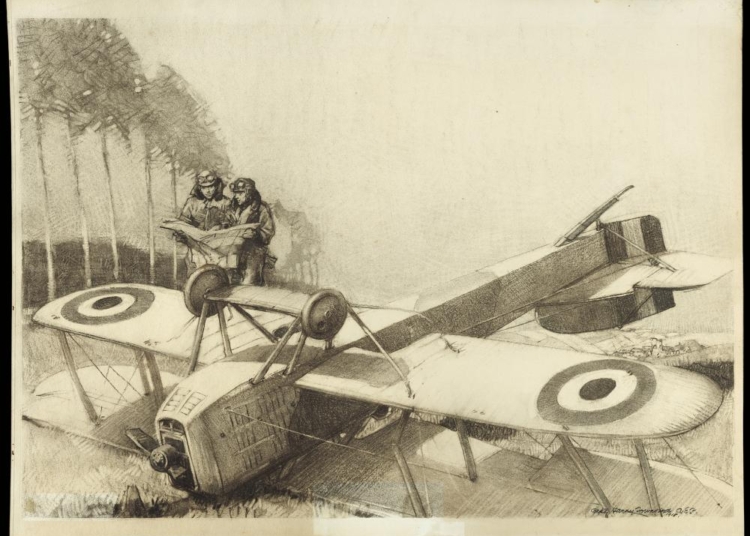World War I, also known as the Great War, witnessed the emergence of new technologies that revolutionized warfare and had a significant impact on the battlefield. Tanks, poison gas, and airplanes were key innovations that changed the nature of warfare during this global conflict. Tanks provided mobile cover and firepower, breaking through enemy lines and instilling fear in the opposition. Poison gas caused devastation and demoralization, sparking an arms race for protective measures. Airplanes played a crucial role in reconnaissance, aerial attacks, and communication, laying the foundation for modern air warfare. The legacy of these technologies continues to shape conflicts in the present day.
The Impact of New Technologies in World War I: Tanks, Poison Gas, and Airplanes
Introduction
World War I, also known as the Great War, was a global conflict that lasted from 1914 to 1918. During this time, new technologies emerged that revolutionized warfare and had a significant impact on the outcome of the war. Three key technologies that had a major influence on the battlefield were tanks, poison gas, and airplanes.
Tanks
Tanks were a groundbreaking new technology that made their debut on the battlefield during World War I. These armored vehicles were designed to navigate difficult terrain, such as trenches and barbed wire, and provide infantry with mobile cover and firepower. The British were the first to introduce tanks in 1916 at the Battle of the Somme.
The impact of tanks on the battlefield was significant. They were able to break through enemy lines, providing a new form of offensive warfare that had not been seen before. Tanks also struck fear into the enemy, as they were nearly impervious to small arms fire and machine guns. This new technology changed the nature of warfare and influenced military tactics for years to come.
Poison Gas
Poison gas was another new technology that was used extensively during World War I. The first large-scale use of poison gas occurred in 1915, when the Germans released chlorine gas at the Second Battle of Ypres. This deadly weapon caused widespread panic and devastation among the Allied troops.
The use of poison gas had a profound impact on the battlefield. It caused horrific injuries, including blindness, chemical burns, and suffocation. Gas attacks also had a demoralizing effect on the enemy, as soldiers feared the invisible and unpredictable nature of this new weapon. The use of poison gas sparked an arms race as both sides sought to develop more effective gas masks and countermeasures.
Airplanes
Airplanes were another new technology that played a crucial role in World War I. Initially used for reconnaissance and aerial photography, airplanes quickly evolved into weapons of war. They were used for bombing raids, strafing enemy troops, and engaging in dogfights with enemy aircraft.
The impact of airplanes on the battlefield was significant. They provided a new dimension to warfare, allowing for aerial attacks and reconnaissance that had never been possible before. Airplanes also revolutionized communication on the battlefield, as pilots could relay information quickly and accurately to ground troops. The technology developed during World War I laid the foundation for modern air warfare and strategic bombing campaigns.
Conclusion
The introduction of new technologies such as tanks, poison gas, and airplanes had a profound impact on the battlefield during World War I. These innovations changed the nature of warfare and influenced military tactics for years to come. The legacy of these technologies can still be seen in modern warfare, as tanks, chemical weapons, and aircraft continue to play a crucial role in conflicts around the world.













